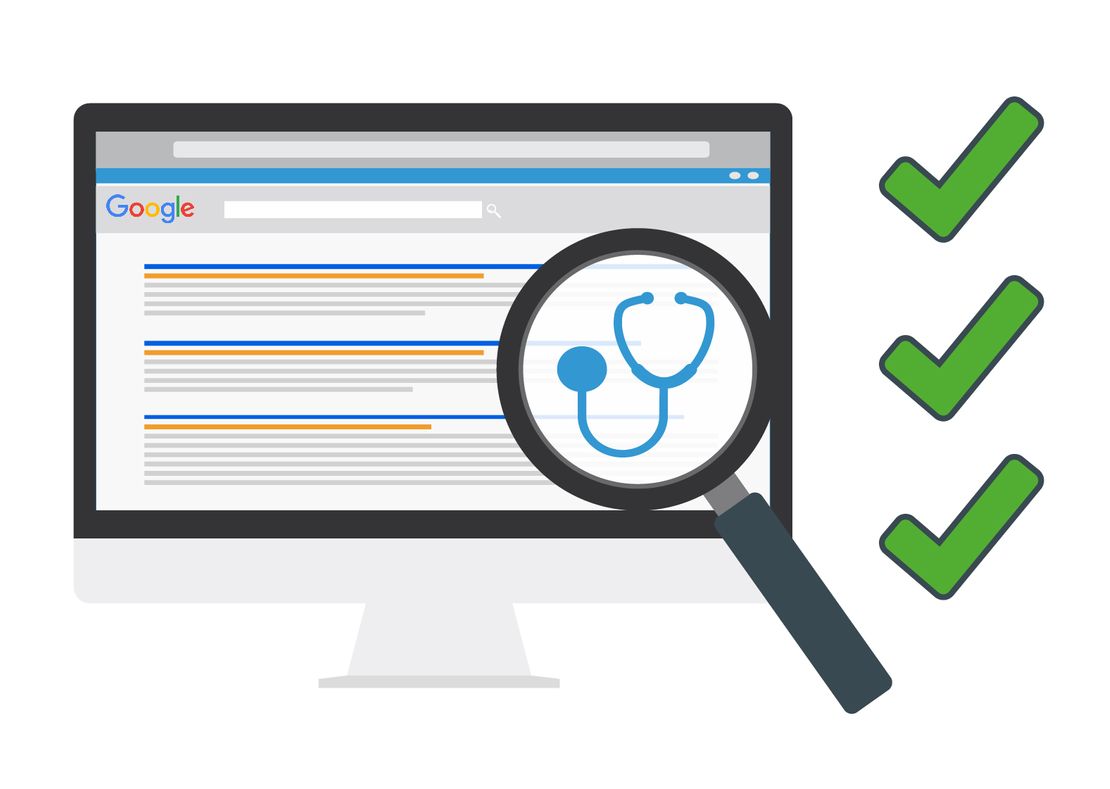Global sales of tablets reached over 64 million units in 2011 and are projected to increase to 232 million units in 2016, according to the most recent Tablet Technology and Markets report from Futuresource Consulting. Not only are sales projected to rise 200 percent, but the Adobe Digital Index report projects that tablets will create more web traffic than smartphones by early 2013.
Although the Apple iPad dominates the market, its competitors have entered the market and seem to multiply by the minute. To name a few, there’s the Amazon Kindle, BlackBerry Playbook, Motorola Xoom, Google Nexus, Samsung Galaxy, and Sony Tablet.
Many people see tablets as an important addition to their computer. Tablets make it easy for people to carry their computer with them; making it possible to access full websites from any location. In 2011, tablets accounted for 10 percent of total mobile app downloads and it is projected that by 2016 they will account for nearly 20 percent. In addition, the Futuresource report mentions that tablet owners tend to be media savvy.
How does this affect your health care or medical business?
Heath care and medical websites must be revamped for both smartphone and tablets – the time of creating websites exclusively for desktop browsers is over. Tablets and smartphones present a unique opportunity to develop mobile compatible websites in addition to their existing desktop versions. Mobile users want do the same things that desktop users do, but the content needs to be presented in a compatible way; businesses need to assure that as many people as possible can access their content.
Some tablets and smartphones have sophisticated browsers that allow them to view full websites in miniature versions, but most mobile viewports are too narrow to support a layout created for a desktop. Not only could this affect viewing capabilities, but if the page weight is too large it may lead longer loading times. Longer loading times will lead to more potential customers and patients pressing the ‘back’ button before seeing your content.
Mobile browsing is not a passing trend. Tablet use is increasing at an exponential rate and it’s not going to slow down anytime soon. If a health care or medical business decides to not create a mobile alternative for their website, they can be assured to expect not only user frustration but the possibility to lose potential patients and customers.

Posted on January 15, 2021 by Clement Baptiste
6 Ways to Improve Your Healthcare Website: A Checklist for 2021
This past year has led to major transformations in the way healthcare organizations operate and use digital tools to engage patient populations. To stay competitive, it’s important to ensure that…Read more

